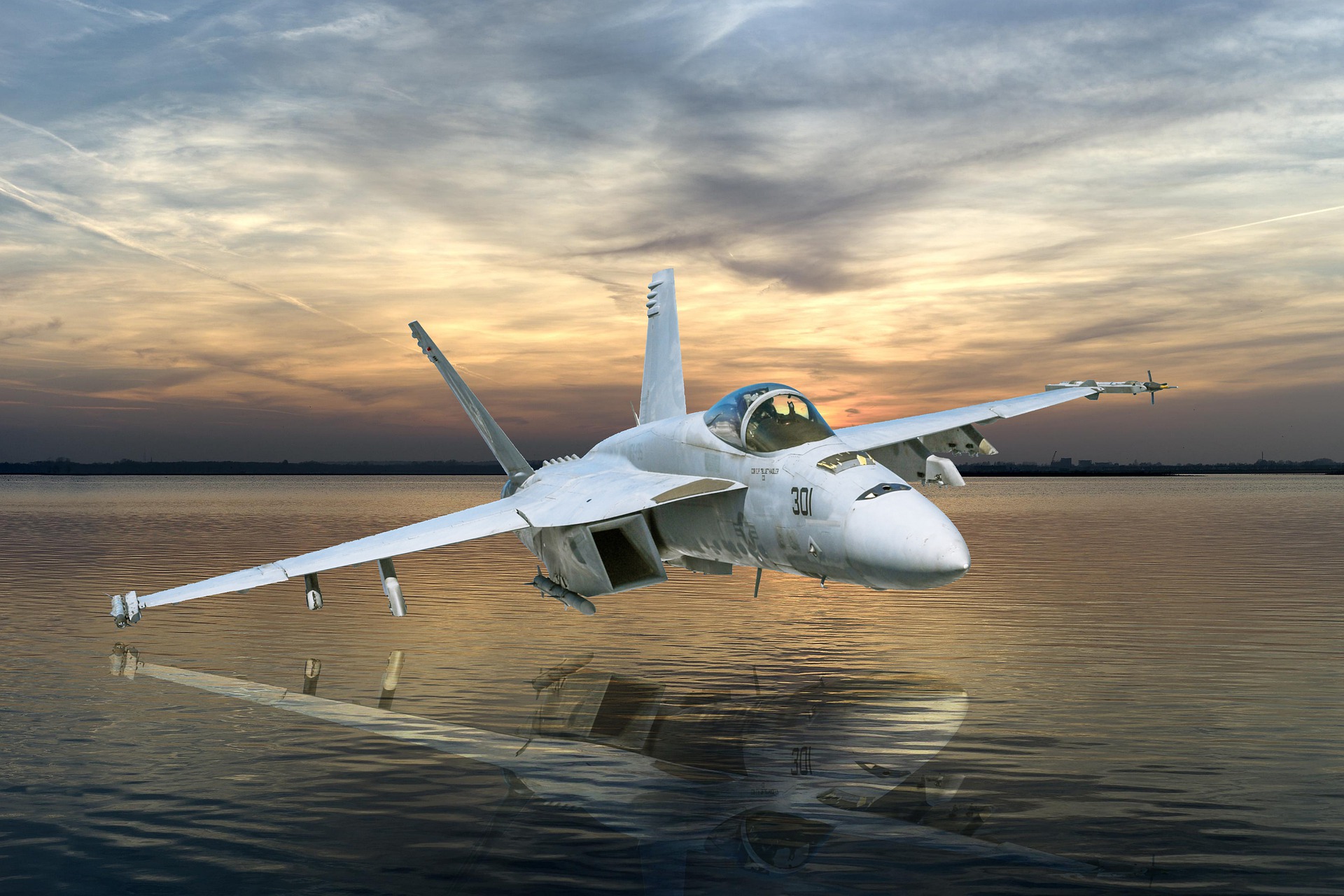The commander of US Central Command stated on Thursday, two days after Russian watercraft collided with a US drone over the Black Sea, that the United States had witnessed a “significant spike” in warlike Russian military flights in Syria this month. The tense relations between the two powers, which have been engaged in a proxy war in Syria since 2011, have recently reached new heights.
I will discuss the motivations behind the recent Russian provocations, their implications for the United States and its allies, and the potential outcomes in this blog post.
Why is Russia flying over Syria so aggressively?
Since 2015, when it militarily intervened to squire Bashar al-Assad in his fight against various rebel groups, some of which are backed by the US and its allies, Russia has been supporting the regime in Syria. In addition, Russia has been utilizing Syria as a conduit to confront the US-led order in the region and project its power and influence throughout the Middle East and beyond.
However, there has been financing associated with Russia’s intervention in Syria. Due to its involvement in humanitarian slippage and the so-called use of chemical weapons by Assad’s forces, it has received international condemnation. It has also suffered military losses and casualties as a result of ISIS and rebel attacks. In addition, it has been competing with other regional actors for influence and resources in Syria, including Turkey and Iran.
As a result, Russia may be aggressively flying over Syria in order to deter the US or its allies from intervening and to demonstrate its resolve and transferral to its wife, Assad. Russia may moreover be attempting to undermine the points and effectiveness of the US presence and operations in Syria and test the limits of US tolerance and response.
What are the ramifications for the US and its partners?
Since 2014, the United States has led a group of nations in the fight against ISIS in Syria and supported some of the rebel groups that oppose Assad. Additionally, the United States has attempted to contain Iran’s influence and activities in Syria, which are regarded as a threat to Israel and the stability of the region. In addition to the drones and watercraft used for surveillance and airstrikes, the United States has approximately 900 troops stationed in Syria at two unshared bases.
The two nuclear-armed nations have a deconfliction line between their militaries to prevent willy-nilly clashes, so the warlike Russian flights over Syria pose a serious risk of miscalculation or escalation. Be that as it may, this line has been increasing than once longwinded by Russia, as per Gen. Erik Kurilla, who guaranteed to surpass a Senate Outfitted Administrations Council hearing on Thursday.
The United States has warned that it will defend itself and its partners if necessary and described the Russian policies as “unprofessional and unsafe.” The United States of America, on the other hand, has attempted to stave uncontrived confrontation with Russia considering it does not want to escalate the situation or divert resources from its primary goals in Syria.
The US partners, like NATO individuals and provincial accomplices, have likewise communicated worry over the Russian activities, and have tabbed for restriction and discourse. They squatter their own challenges and have interests in the region, so they have shown little willingness or worthiness to support the US in Syria.
What might transpire from this situation?
This situation could lead to one of three main outcomes:
The first scenario is for both sides to maintain their warlike flight patterns over Syria while later any incidents or clashes that could escalate the conflict. This would not only alimony the tension and competition between them at their current levels, but it would moreover raise the possibility of miscommunications or accidents that could get out of hand.
The second scenario involves one side voluntarily reversing or reducing its flights over Syria, or under pressure from the other side or third parties. This would create an imbalance of power or influence between them, de-escalate the situation, and lower the likelihood of confrontation.
The third possibility is for both sides to directly engage in clashes or incidents over Syria, whether they intend to or not. This would make things worse and raise the possibility of a larger mismatch that would involve spare parties or regions.
Conclusion Their ongoing rivalry and proxy war in Syria can be seen in the “significant spike” in warlike military flights over Syria this month. This makes it very nonflexible for both sides and their allies and partners to strike a wastefulness between their goals and interests in Syria and their relationships and security with one another. Depending on how both sides manage their responses and deportment in Syria, the situation may stabilize or worsen.
